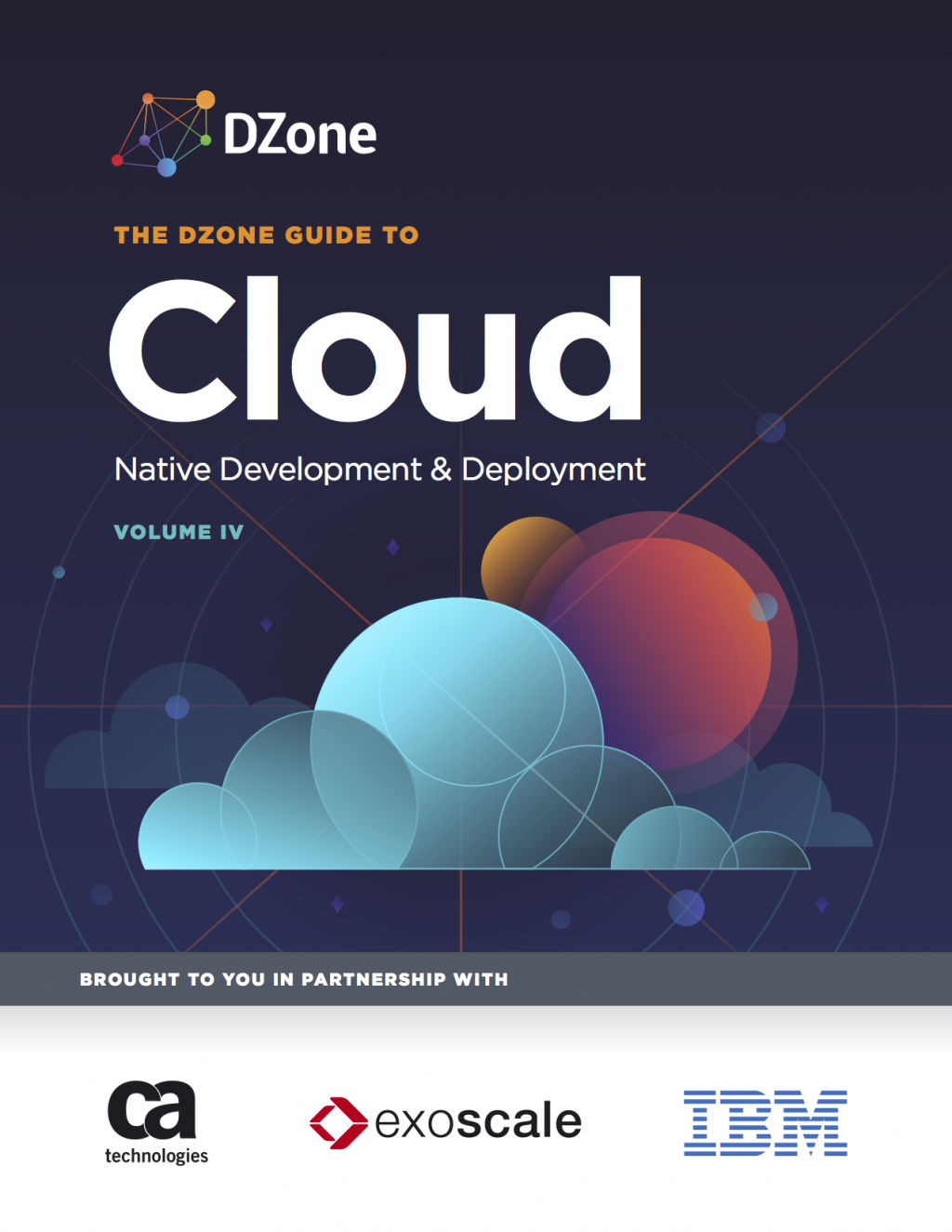Companies sometimes need a quickly-built mobile app to fit a “right now” need, such as a last-minute customer service order-entry form app or something that will let customers easily sign up for newsletters.
But instead of having to assign the creation of these kinds of basic apps to already overloaded developers, which can delay them from working on more business-centric development projects, an increasing number of IT vendors are providing tools that let non-developers assemble basic apps with a few clicks. Using these “low code” tools, non-developers can relatively easily assemble a collection of ready-made components into working apps using what are essentially the Lego building blocks of software.
This low-code market segment has been getting more attention in the last several years from vendors including Mendix, OutSystems, Appium and Pega Systems, as well as from Red Hat, which is already well-known due to its roots in its Linux and middleware applications, application development tools and other products and services. Red Hat’s low code product is called the Red Hat Mobile Application Platform.
In the past, these low-code platforms have often been given a cold shoulder by some developers because they didn’t allow granular and complete control for app creation.
Nowadays, however, that could be changing as some experienced application developers are finding uses for such tools for some for their own coding projects, Phil Simpson, the JBoss product marketing manager at Red Hat told ITPro.com. One reason for the change in attitude is that the latest versions of the tools allow developers to switch between the actual code and the automated development features, allowing them to choose how an application is built. Previous versions didn’t easily allow steps that diverged from the processes included in the low-code platforms.
“Developers certainly like to have control over the code that is ultimately delivered, and many of the earlier low-code, BPM [and other products] tended to hide the actual code behind graphical tools,” said Simpson. The newer generation of low-code tools is smarter and lets developers insert custom code and perform other tasks that weren’t possible in prior versions, he said.
“The intent is to give the developer the same degree of control over the code as they would have with the tools they currently use, but enable them to generate UIs and business logic much more quickly,” said Simpson.
By providing rapid app creation platforms for their development teams, companies can potentially increase developer productivity by enabling them to manipulate high level features such as user interfaces, business rules and process steps, while only writing code where needed for customization, according to Simpson. “Our BPM and mobile platforms include tools to create all these models and generate executable code from them.”
Leonie McGloin, Red Hat’s program manager for mobile products, said the company is seeing more decision-making about mobile apps development coming from the business side of companies nowadays, instead of just from IT operations. That’s where the low-code platforms can help to allow simple component-based creation of some apps by business staff members to free up developers to concentrate on mission-critical applications.
“More businesses are looking to the business side to solve some of a company’s problems,” she said. “It has led to the need for more self-service, giving the business side more flexibility to do their own coding.”
Much of the reason for the shift is the drive for digital transformation in business, said McGloin. “Mobile apps, they need to get to market faster. To do that, companies need more agile DevOps practices,” which can be provided through low-code platforms.
Red Hat has been offering these tools for what it calls “citizen developers” since it acquired FeedHenry in October of 2014 to add rapid app creation tools to the company’s Linux and middleware applications, application development tools and other products and services. By acquiring cloud-based FeedHenry, Red Hat aimed to bolster its tools for the onslaught of mobile devices that require new apps and services for users.
At the same time, the low code tools won’t work for every development project, said McGloin. “In the context of the enterprise, there can be a lot of complexity on the back end,” but developers can still use these platforms as elements of what they are creating, she added.
“You can quickly create a mobile form with drag and drop components,” she said, but “when it comes to integrating an app into a legacy back end, that’s a little tougher and you need to work with IT.”
In the end, “I think the bottom line always is to consider the use case,” she said.













